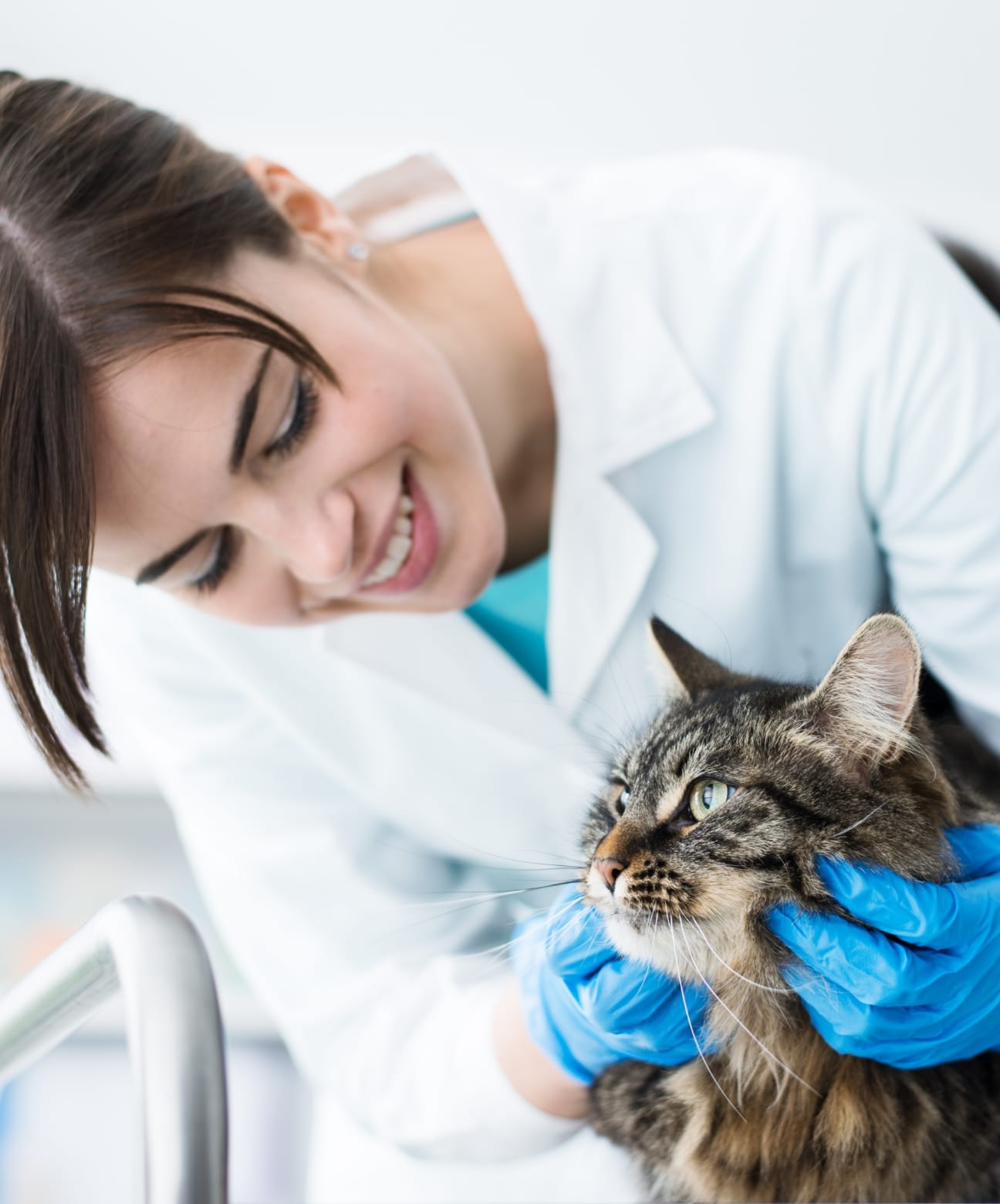
Fellowships
Canine & Feline Emergency Practice Fellowship
The Canine & Feline Emergency Practice fellowship would take place AFTER credentialing for the American Board of Veterinary Practitioners (specifically in Canine & Feline or Feline). In the human medical field, fellowships exist to provide training programs in specific areas of interest to improve the overall access to care.
Why was the Canine & Feline Emergency Practice fellowship created?
Currently the reported retention rate for emergency practitioners is 3-5 years. With the current state of emergency medicine across the country, the loss of even one practitioner is felt. Reference: Booth M., Rishniw M., Kogan L. The shortage of veterinarians in emergency practice: a surgery and analysis. J Vet Emerg Crit Care. 2020; 1-11. Current research indicates that there will be a shortage of veterinary specialists (internal medicine, oncology, neurology, surgery, etc) until 2030. With the current backlog of cases unable to be evaluated, in some areas upwards of 8-10 weeks, this burden is falling onto the emergency facilities contributing to the long wait times.
The goals of the EP fellowship are to change the meaning of being “only an emergency doctor”, to promote retention within the field by creating a measurable standard. Achievement of a specialty level standard will demonstrate a high degree of proficiency for the ER veterinarian.
Is this the same as a Critical Care residency?
No, a critical care residency is a 3 year program geared towards the development of a Criticalist who routinely diagnoses and manages critical patients in our hospitals. An emergency veterinarian routinely tackles cases that not only overlap with primary care medicine but the stabilization and initial management of patients who present for a variety of different conditions.
The goal of the EP fellowship is not to replace or minimize this type of training. Critical care veterinary specialists are a vital part of any hospital setting.
Current Requirements:
- Completion of the initial ABVP credentialing in Canine & Feline practice or Felinepractice and passing the examination
- Minimum of 1 year of ER practice prior to beginning the fellowship
- Case logs of 750 cases that encompass variety of types of presentations to the ER
- Demonstration of proficiency of 5 different types of surgeries that typicallyencountered in the ER setting (to include workup/stabilization, general anesthesiaprotocols, surgery technique, and post operative care)
- Completion of the RECOVER online certification
- Completion of POCUS/Global FAST ultrasound training
- Completion of 3 PowerPoint cases presented to peers (similar to Grand Rounds)that demonstrate the ability to workup typical emergency cases
- Monthly Journal Club
- Ability to participate in Rounds
The candidate will be paired with an ABVP Canine & Feline Emergency Practice Founding Fellow who will function as their Fellow Trainer (either on site or remotely). The mentor will continue to support the candidate as they progress through the case/procedure logs with routine feedback. The Fellow Trainer will meet with the candidate at least monthly to discuss key emergency topics and concepts as well as to ensure that the case logs are being completed in a timely manner.
Candidates will have one year to complete these requirements. There is no examination required.
How to apply:
Interested individuals should complete a letter of intent and include their most currentCV/resume.
Forward to:
Canine & Feline Emergency Practice Oversight Committee
Attn: Dr. Christine Klippen, DVM, DABVP, Canine and Feline Practice; Founding Fellow in Emergency Practice
[email protected]
Founding Fellows:
Meagan Anderson, DVM, DABVP, Canine and Feline Practice
Leslie Bauer, DVM, DABVP, Canine and Feline Practice
Allan Berger, DVM, PhD, MBA, DABVP, Canine and Feline Practice
Matt Booth, DVM, DABVP, Canine and Feline Practice
Cooper Brookshire, DVM, MS, DACVPM, DABVP, Canine and Feline Practice
Kim Buck, DVM, DABVP, Canine and Feline Practice
Stephen Cudia, VMD, DABVP, Canine and Feline Practice
Clare Deming, DVM, DABVP, Canine and Feline Practice
Beth Galles, DVM, DABVP, Canine and Feline Practice
Tracy Gati, DVM, DABVP, Canine and Feline Practice
Jon Geller, DVM, DABVP, Canine and Feline Practice
Tom Hansen, DVM, DABVP, Canine and Feline Practice
Julie Hass, DVM, MS, DABVP, Canine and Feline Practice
Jocelyn Hutton, DVM, CVA, DABVP, Canine and Feline Practice
Deepan Kishore, DVM, DABVP, Canine and Feline Practice
Christine Klippen, DVM, DABVP, Canine and Feline Practice
Casey Lee, DVM, DABVP, Canine and Feline Practice
Gregory Lisciandro, DVM, DABVP, Canine and Feline Practice, DACVECC
Chris Parratt, DVM, DABVP, Canine and Feline Practice
Stephen Pittenger, DVM, DABVP, Canine and Feline Practice
Libby Ramirez, DVM, DABVP, Canine and Feline Practice
Brooke Robertson, DVM, DABVP, Canine and Feline Practice
Laura Russell, DVM, DABVP, Canine and Feline Practice
Marc Seitz, DVM, DACVR, DABVP, Canine and Feline Practice
Ravi Seshadri, BVsc, DABVP, DACVECC, FCCM, Canine and Feline Practice
Amy Thorud, DVM, DVM, DABVP, Canine and Feline Practice
Richard Wearing, DVM, DABVP, Canine and Feline Practice
Joseph Wilder, DVM, DABVP, Canine and Feline Practice